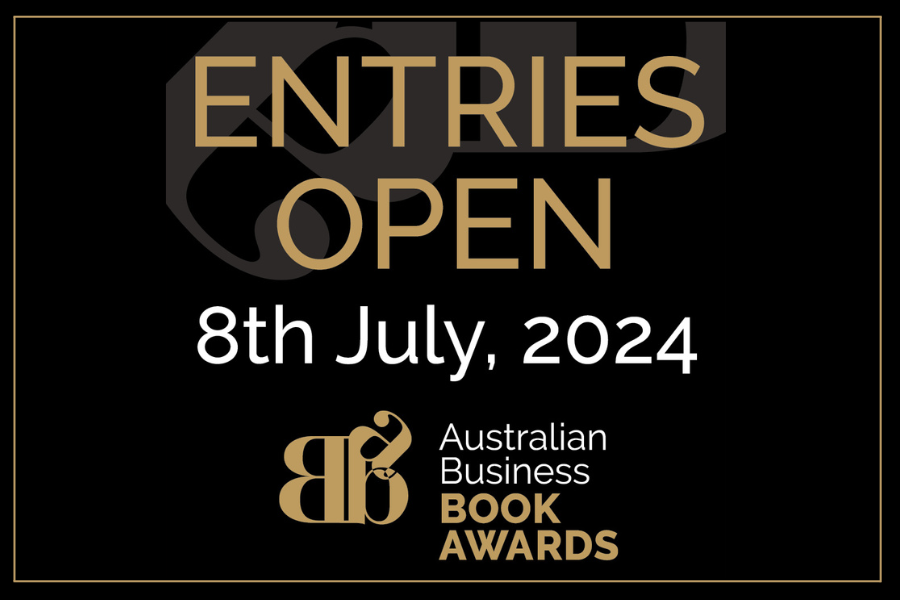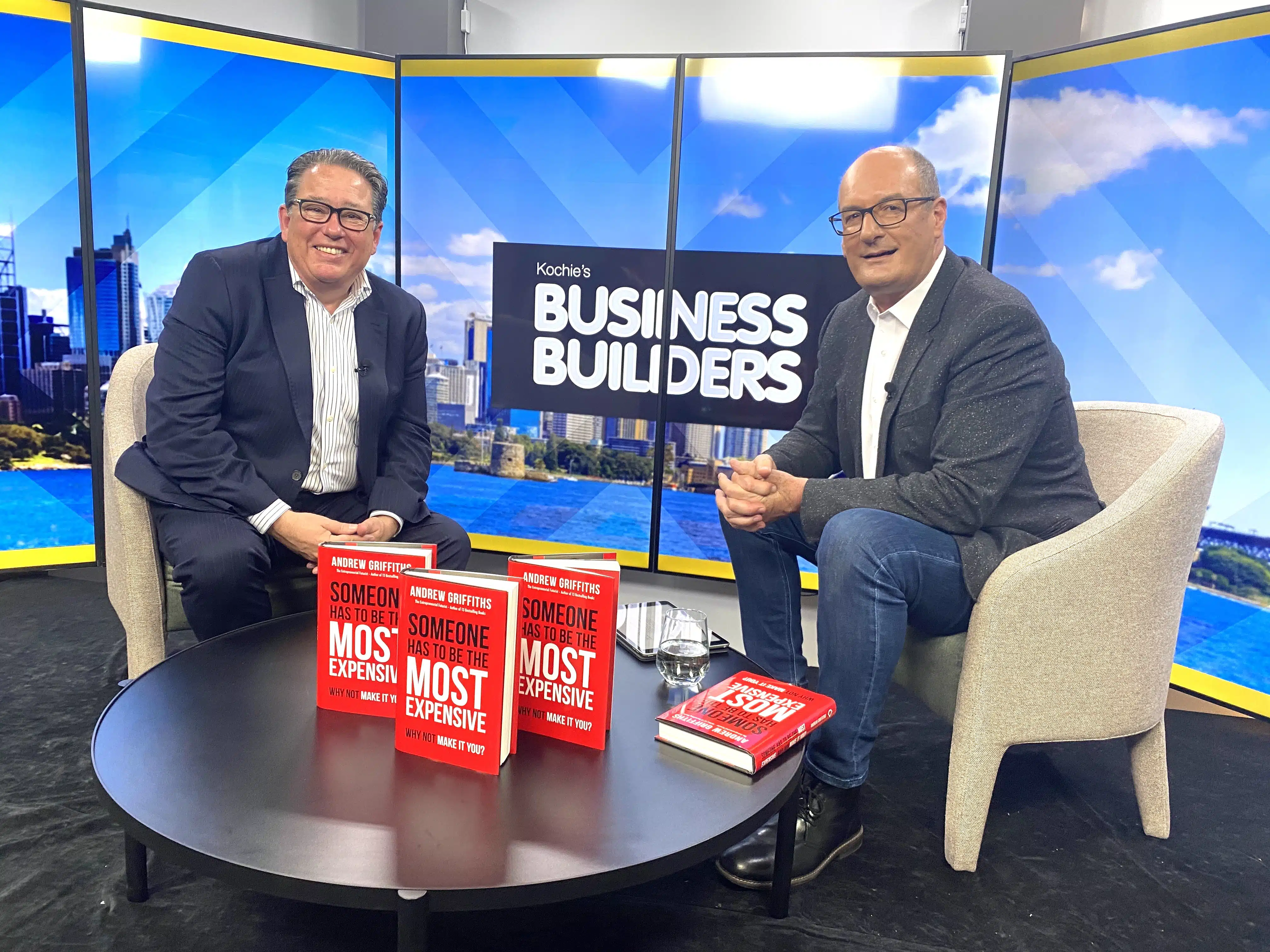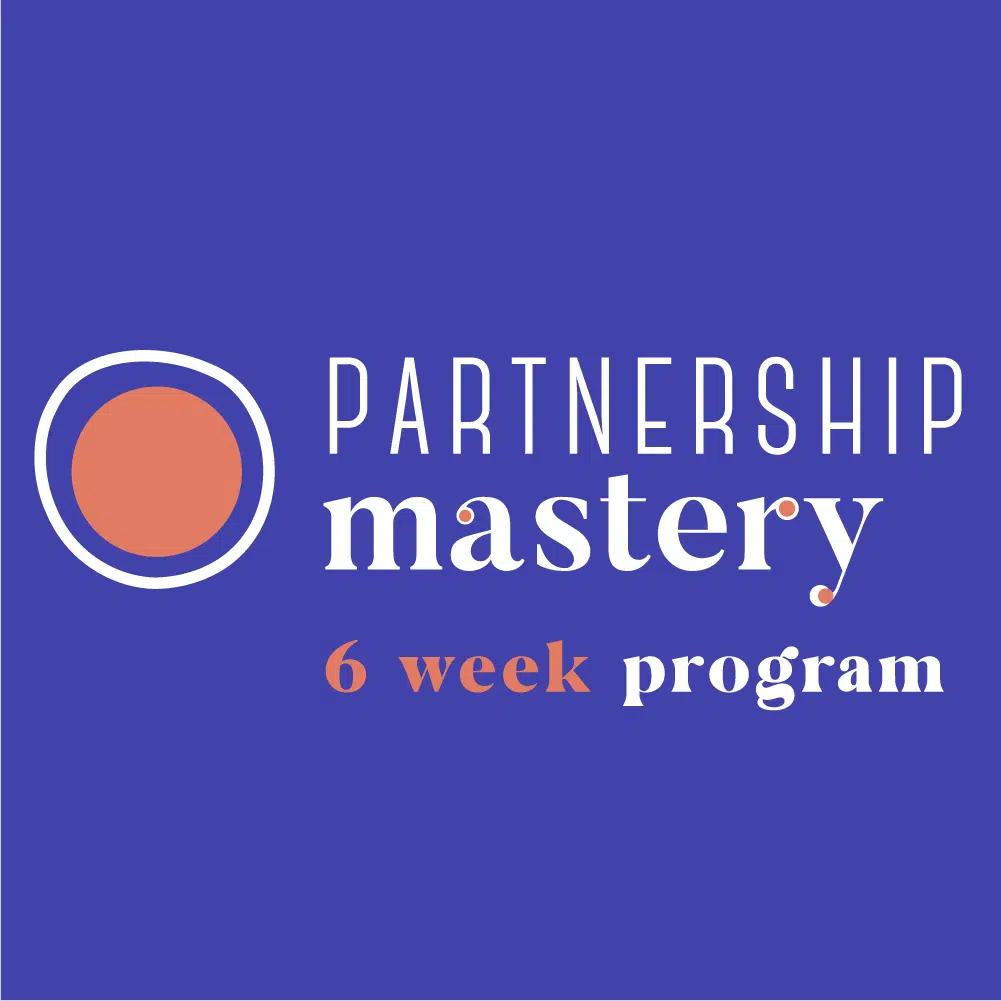Book Writing Structure Essentials for Non-Fiction Writers
When embarking on the journey of writing a non-fiction book, understanding the importance of book writing structure can make a difference. This would help you craft a cohesive and compelling manuscript. This guide will walk you through the essential components of structuring your non-fiction book, ensuring that your ideas are presented clearly and effectively.
1. The Foundation: Your Central Argument
Every non-fiction book should start with a solid premise or central argument. This is the core idea that you will support through your chapters. Your central argument or main idea not only guides the development of your chapters but also hooks your readers by promising a transformation or valuable insights. Clearly defining your idea in the beginning will keep your writing focused and the framework compelling.
2. The Blueprint: Detailed Outline
Before you dive into writing, create a detailed outline. This acts as your roadmap, listing each chapter and the main points you intend to cover. Furthermore, according to a blog by Rutgers, outlining will help construct and organise ideas in a sequential manner and thoughtful flow. Doing so allows you to pick relevant information or quotes from sources early on, and gives writers a steady foundation and groundwork when beginning the writing process. Think of your outline as a blueprint that structures your book logically. This step helps prevent meandering off-topic and ensures that every piece of content supports your thesis.
3. The Building Blocks: Chapters
Each chapter should focus on a specific topic that ties back to your thesis, acting like a building block in the construction of your argument. Start each chapter with a strong opening that outlines the key points you’ll cover. This prepares the reader for what’s ahead, making your book easier to follow.
4. The Flow: Seamless Transitions
Good transitions are crucial in non-fiction books. They help maintain the flow and keep the reader engaged. Each chapter should lead naturally to the next, with sections within chapters logically connected. At the same time a reader should be able to pick up any chapter and read it as a stand alone piece of content. This is how many people read books these days so it’s something to keep in mind.
5. The Deep Dive: Evidence and Examples
Non-fiction thrives on evidence. Whether it’s data, case studies, or personal anecdotes, your book should include supporting evidence that bolsters your idea. This not only adds credibility to your work but also makes it more informative and engaging for your readers. Each piece of evidence should be clearly connected to your main points.
“I believe in evidence. I believe in observation, measurement, and reasoning, confirmed by independent observers. I’ll believe anything, no matter how wild and ridiculous, if there is evidence for it. The wilder and more ridiculous something is, however, the firmer and more solid the evidence will have to be.” ― Isaac Asimov, an American Writer and Professor of Biochemistry
6. The Engagement: Reader Involvement
To make your book a tool for transformation, include elements that engage the reader directly. This could be through exercises, reflection prompts, or actionable steps. Engaging your readers not only makes the reading experience interactive but also helps them apply the concepts you discuss. In addition to that, according to a blog by YourDictionary, applying the principles of effective storytelling is a key technique writers use to engage the reader. Focus on creating prose that readers can lose themselves in while reading. As a result, they’ll be so engaged that they simply can’t put down what you’ve written until they have finished it.
7. The Recap: Summaries and Conclusions
Each chapter should ideally end with a summary that recaps the main points discussed. This reinforces your arguments and ensures that your readers take away the key messages. Your overall book should also have a strong concluding chapter that ties all your chapters together, reiterates the thesis, and possibly suggests further reading or actions.
8. The Polish: Revision and Editing
Never underestimate the power of revision. First drafts are rarely perfect. Take the time to revise your manuscript thoroughly. Look for gaps in your arguments, check for flow, and refine your language. It might also be beneficial to have a professional editor look at your manuscript to ensure clarity and cohesion.
“Editing is everything. Cut until you can cut no more.” – Esther Freud, British Novelist
9. The Personal Touch: Your Unique Voice
While structure is critical, your unique voice should shine through your writing. It’s your perspective and voice that will set your book apart from others in the same field. Let your personality come through in your writing to connect more deeply with your readers.
For aspiring writers looking to refine their non-fiction book to professional standards, Author Academy offers tailored coaching and comprehensive writing programs. Their experienced coaches can guide you through structuring your book effectively, ensuring your non-fiction work not only informs but also engages and inspires your audience. Contact Author Academy today to elevate your book writing project.
By adhering to these structural essentials, you’ll ensure that your non-fiction book is not just informative, but also compelling and professionally polished. Remember, a well-structured book not only reflects your expertise but also enhances reader engagement and satisfaction.
FAQs
What is the best structure for a non-fiction book?
The best structure for a non-fiction book typically includes a clear introduction of the thesis, detailed chapters each focusing on specific points, smooth transitions, and a strong conclusion. This structure helps maintain clarity and keeps the reader engaged.
How many chapters should a non-fiction book have?
The number of chapters in a nonfiction book can vary depending on the topic and depth of content. Each chapter should serve a specific purpose and support the overall premise of the book.
What should each chapter of a non-fiction book include?
Each chapter of a non-fiction book should include a clear focus or topic, supporting arguments, stories or evidence, and a summary that recaps the main points. Opening with a strong statement can also hook the reader’s interest early.
How do I keep my non-fiction or business book engaging?
Keep your non-fiction or business book engaging by using a dynamic voice, including interesting anecdotes or case studies, and integrating direct reader engagement techniques such as questions or actionable steps.
What are the best practices for writing book introductions?
Best practices for writing book introductions include stating your thesis clearly, outlining the main points to be covered, and highlighting the benefits the reader will gain by reading the book. Make it compelling and concise.
How important are transitions in nonfiction writing?
Transitions in non-fiction writing are crucial as they help the flow of the text and improve readability. They guide the reader from one section to the next seamlessly, which keeps engagement high and clarifies the structure.
Can I include personal stories in my non-fiction book?
Yes, including personal stories in your non-fiction or business book can greatly enhance its relatability and impact. Personal anecdotes can illustrate points vividly and make abstract concepts more tangible and memorable.
How do I conclude my non-fiction book effectively?
Conclude your non-fiction book effectively by summarising the key points discussed, restating the book’s thesis in the light of the evidence presented, and possibly suggesting further reading or actions. This reinforces your message and leaves the reader with clear takeaways.
Ready to take the next step in your book-writing journey? Get a writing starter package at Author Academy. Discover how personalised guidance can transform your writing process and help you achieve publishing success.
Get a Writing Starter Package Today!






































